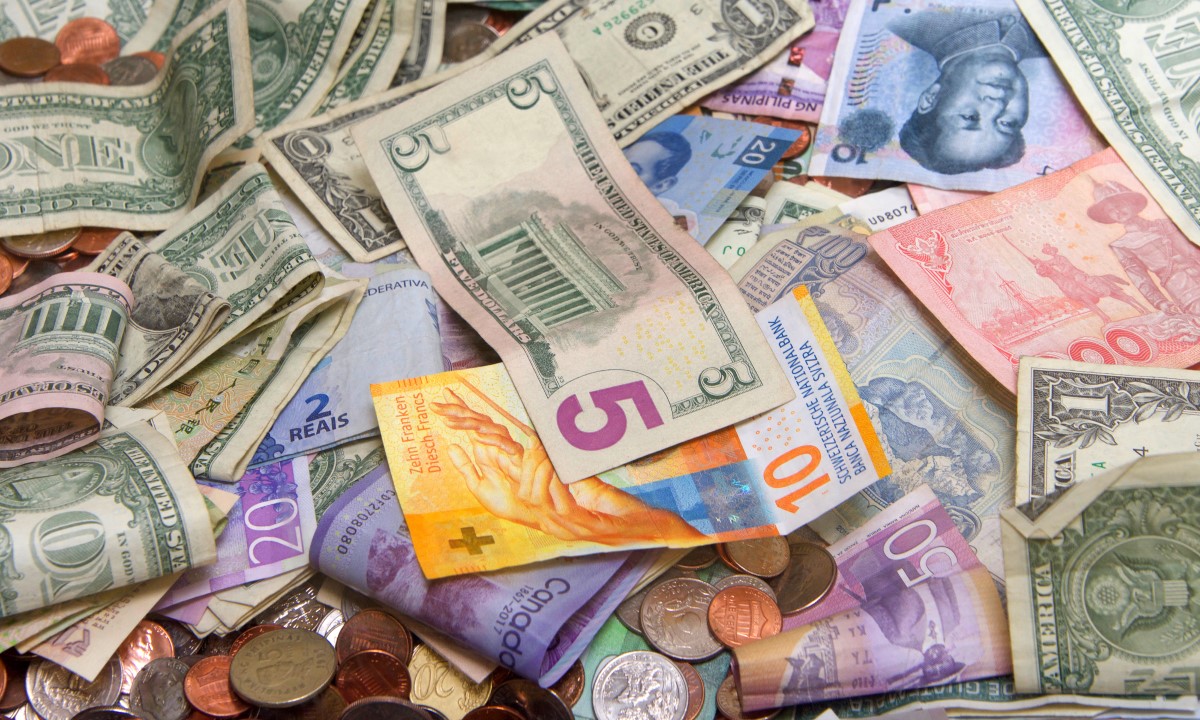The New Zealand dollar tumbled down briefly on Wednesday before surging forward to the highest point since April 2018. The country’s central bank highlighted patience over the timing of exiting ultra-easy policy settings, causing the currency’s rally.
Other antipodean currencies soared, and the promise of extended easy monetary conditions worldwide bolstered traders’ appetite for riskier assets.
On the other hand, the U.S. dollar plummeted down to three-year lows against the British pound and risk-on currencies on Wednesday.
On Tuesday, U.S. Federal Reserve Chair Jerome Powell announced that interest rates will remain low for now. He also added that the Fed would keep buying bonds to support the American economy. However, many analysts believe that it may prove to be a long-term negative factor for the dollar.
Commodities prices are soaring due to signs of economic recovery, – noted Junichi Ishikawa, the foreign exchange strategist at IG Securities. According to him, increasing prices also boost the currencies of commodities exporters, including the Australian dollar and the Kiwi.
The Australian dollar skyrocketed to a three-year high of $0.7945 before adding gains to trade higher by 0.1% at $0.7914.
Meanwhile, the New Zealand dollar jumped as high as $0.7384. The Reserve Bank of New Zealand expressed some caution about the latest outlook. That statement has potentially disappointed investors who expected the monetary authority to acknowledge a recent rebound in economic data.
How did the safe-have currencies fare?
The risk-off currencies such as the U.S dollar, the Japanese yen, and the Swiss franc always decline when the riskier ones rally. That proved right on Wednesday as well. The British pound surged forward due to investors’ belief that countries like Britain are rebounding more rapidly from the coronavirus pandemic. However, while risk appetite improved, such mood left the greenback at a big disadvantage.
The dollar index traded at 90.111 against a basket of six major currencies, remaining near the six-week low of 89.941.
On the other hand, the Sterling increased by 0.3% to $1.4158 after earlier rallying to $1.4295 for the first time since April 2018.
The British pound outlook has brightened due to Britain’s rapid COVID-19 vaccination program and its decision to ease lockdown restrictions on economic activity.
The euro exchanged hands at $1.21495, remaining close to the one-month high of $1.2180 set overnight.
Meanwhile, the greenback managed to climb up against other traditional safe-haven currencies, gaining 0.2% to 105.485 Japanese yen. It also soared to an almost three-month high against the Swiss franc.











